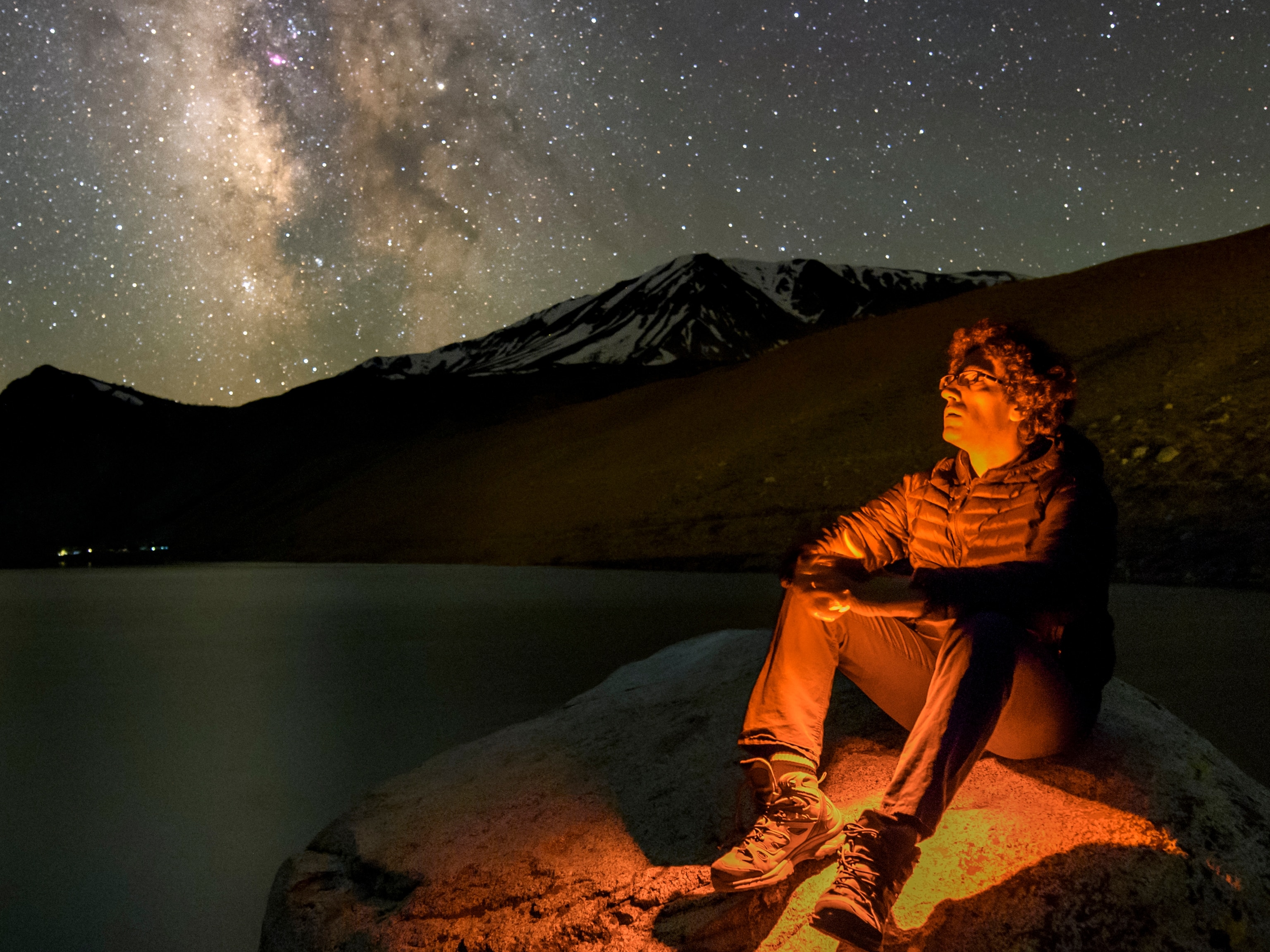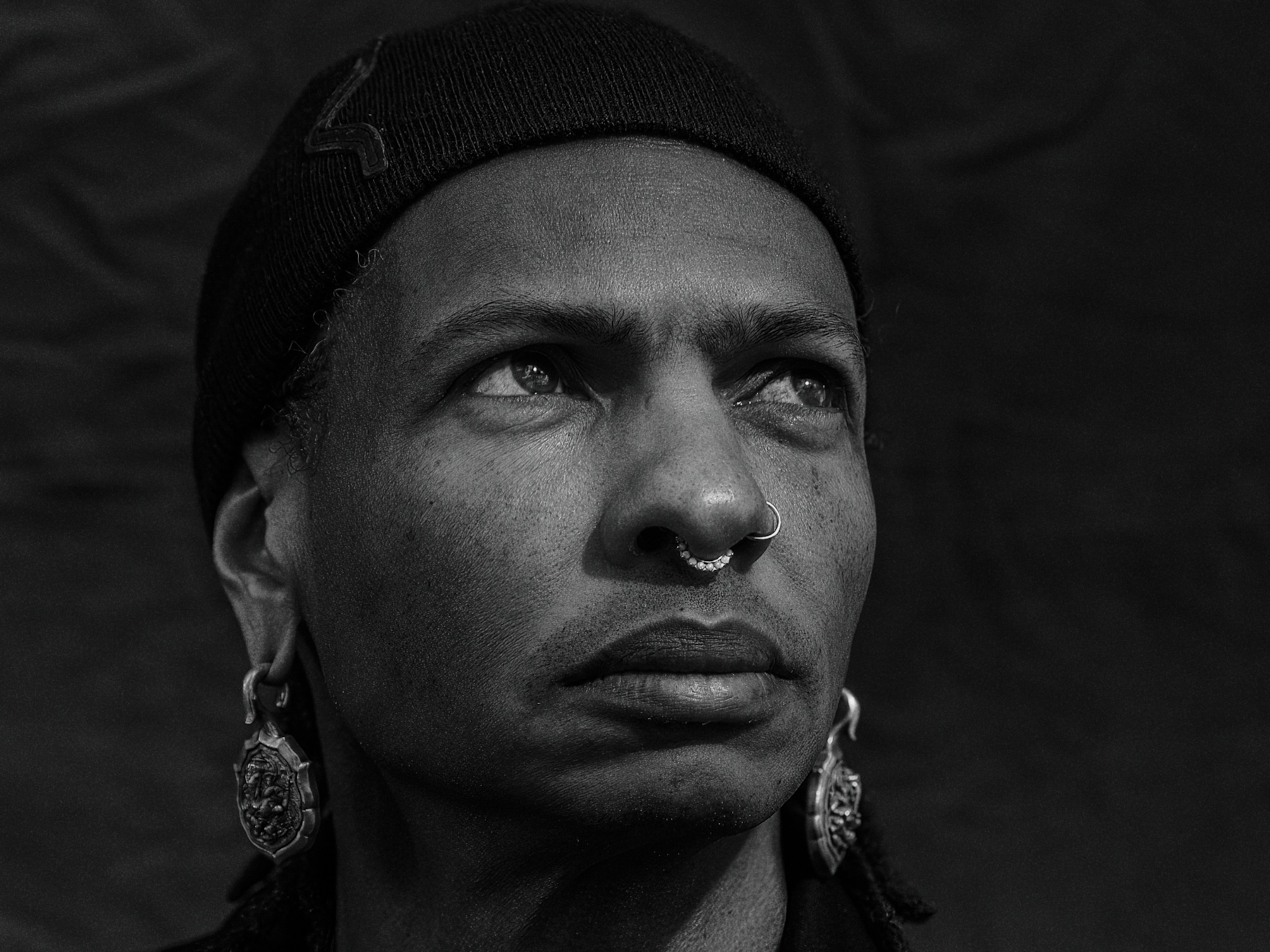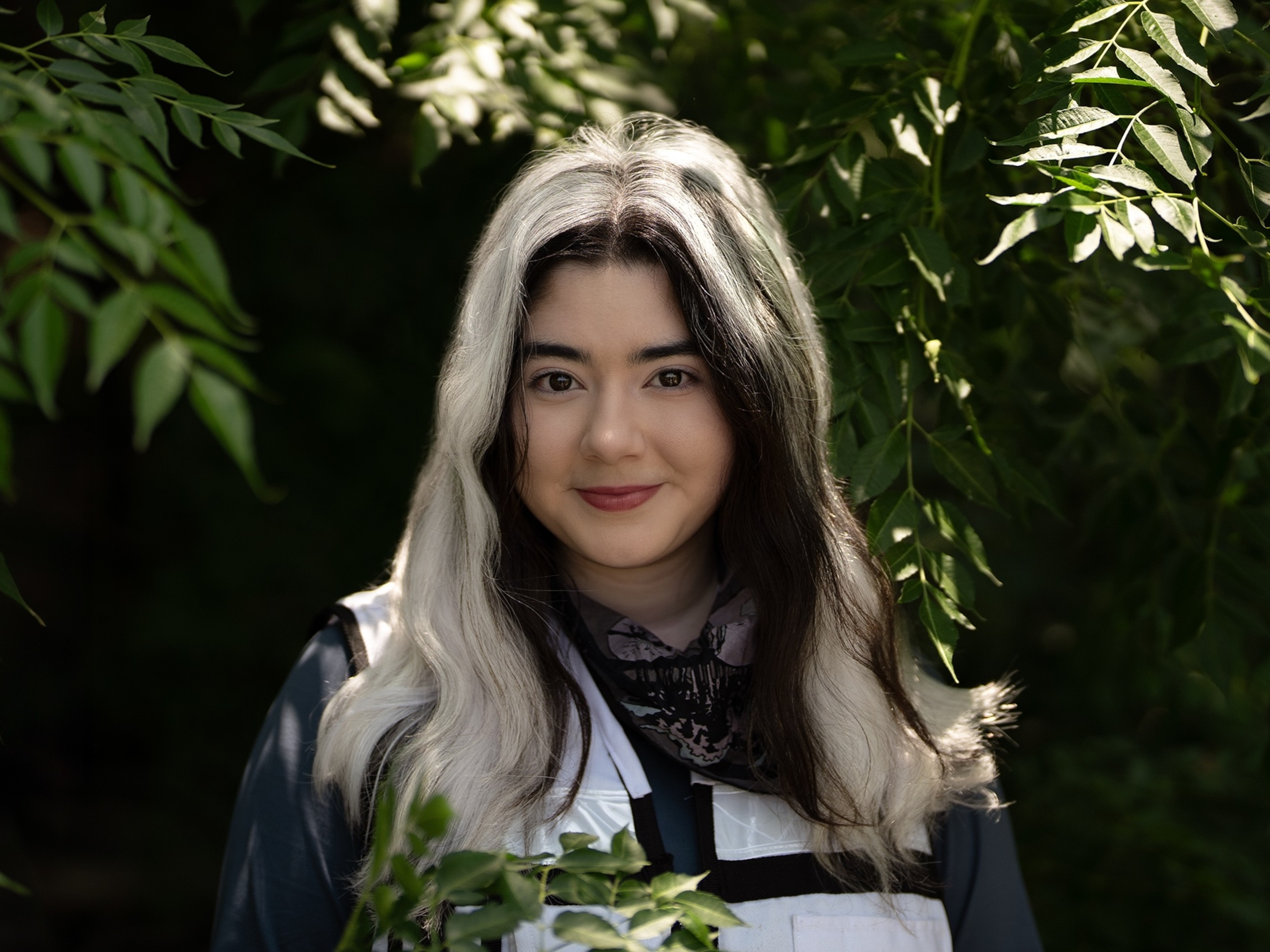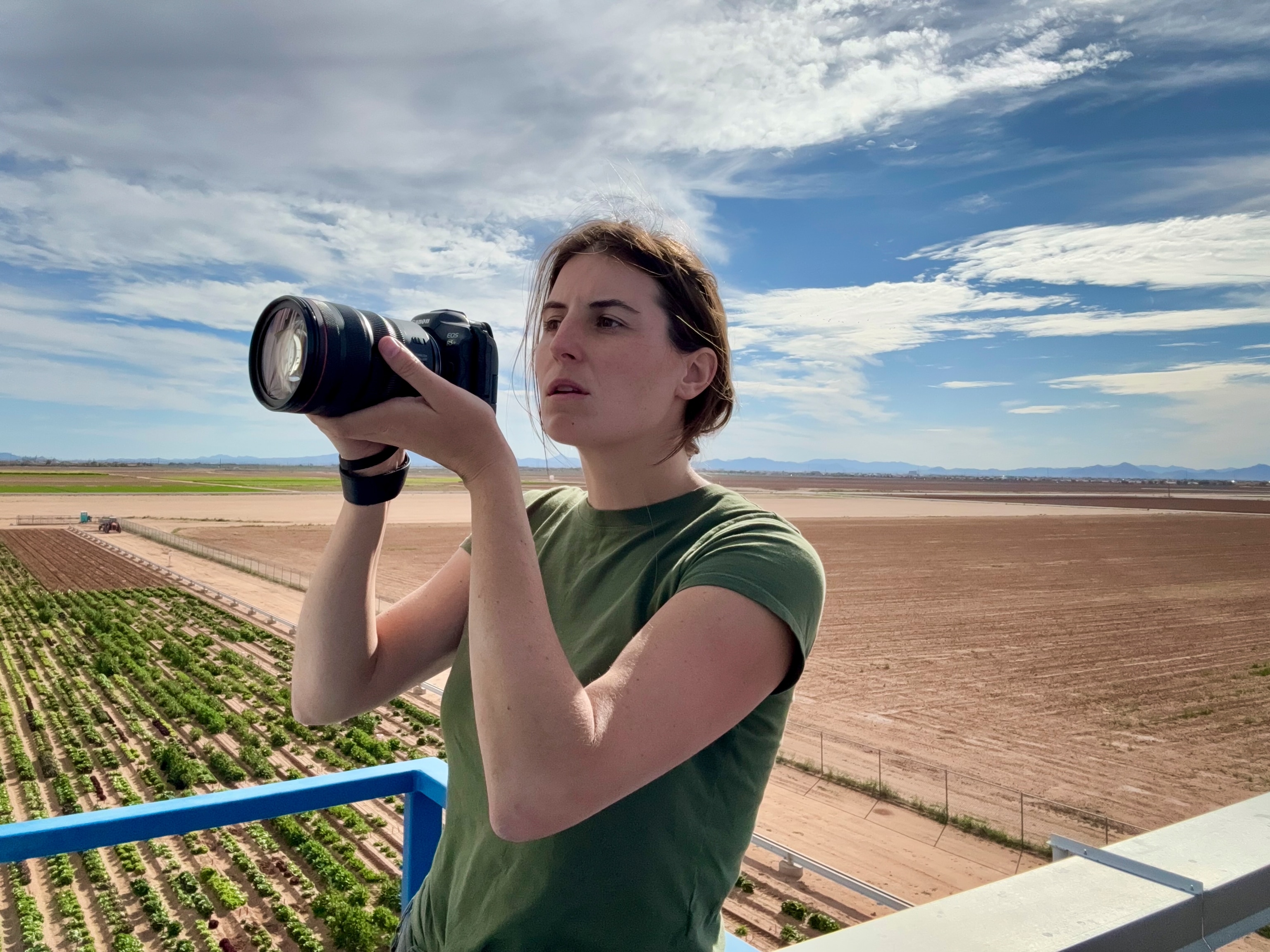Cynthia Chiang is searching for signs of the universe's first light
The cosmologist builds her own equipment, and deploys it to the edges of the Earth, to get a hint of how the cosmos came to be.
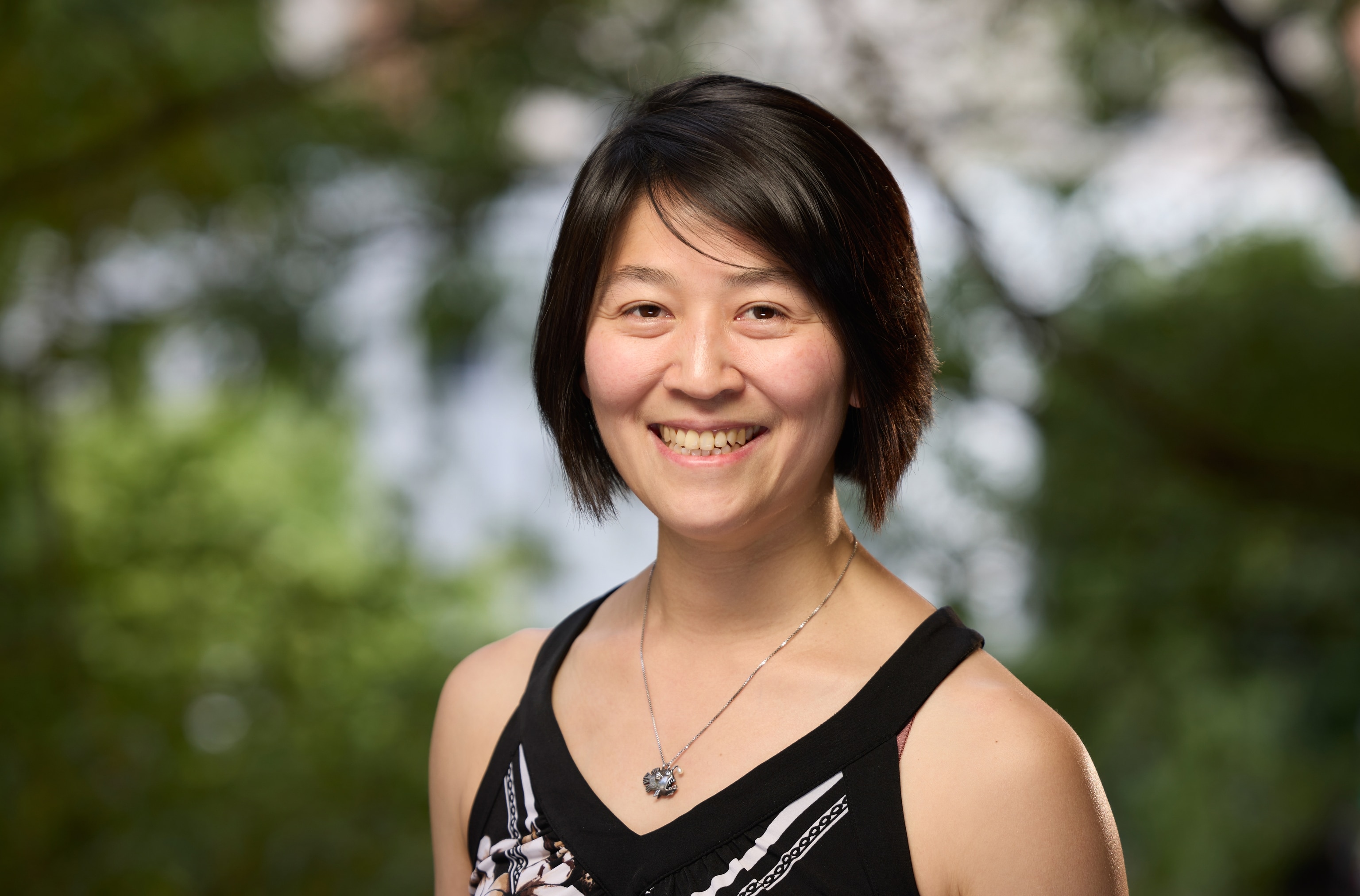
“It was written in some sense,” that National Geographic Explorer Cynthia Chiang would end up in observational cosmology — the study of the origin and development of the universe using specialized detectors and telescopes. “I’m not going to lie, my father was a physicist. My mother’s an astronomer. But no kid wants to be like their parents,” she jokes, semi-seriously.
Chiang always enjoyed building things. It wasn’t unusual for her to experiment with her father’s research equipment; disassembling vacuum chamber components and putting them back together like a child engineer. She thanks, in part, her short attention span for her evolving curiosity: “I am always looking for something.”
For the last few years, Chiang has been looking for signs of the universe’s early existence — from the birth of the first stars more than 13 billion years ago, to the preceding “cosmic dark ages” — and she’s building her own equipment to do it. As a professor of physics at McGill University, she focuses on peering beyond the universe as it is known today, into its distant past, using novel radio technology.
Since 2017 Chiang and her team at McGill have been engineering and planting radio telescopes in two of the Earth’s most remote (and quietest) places for the best shot at hearing the earliest groans of the cosmos.
Initially, Chiang planned to do her PhD in particle physics but switched direction after a visit to a lab at the California Institute of Technology. “It was complete chaos. There is cryogenic equipment everywhere, tools everywhere. I didn’t know about observational cosmology at the time but thought ‘Whatever this is, I want to do that.’”
She spent a year as a winter-over scientist at the Amundsen-Scott South Pole Station after working on a few experiments in Antarctica during her PhD and postdoc. One was a balloon-borne microwave telescope that was launched from McMurdo. She could have familiarized herself with telescopes in Hawaii; it was a competing opportunity when she was first offered to go to the South Pole.
“That really catalyzed my love of remote places because it didn’t take me a second to decide…To this day I still have not been to Hawaii.”
Chiang worked as a Dicke postdoctoral fellow with a team of telescope scientists at Princeton University monitoring the cosmic microwave background (CMB) — the remnant radiation left over from the Big Bang.
Eventually, she wanted to engineer her own instruments. After her year at the South Pole Station, she accepted a job at the University of KwaZulu-Natal (UKZN) in South Africa. At that time, the site decision was made for the largest radio telescope array on Earth — the Square Kilometre Array — and two-thirds of it was awarded to South Africa.
If we see these childhood photos of the universe, then we can understand the factors that affected its growth and how it evolved to be what we call home now.Cynthia Chiang
“This was also a leap of faith because I really couldn’t continue the work I was doing before,” Chiang recalls. “I had never done radio before but I thought, ‘Let me give this a try and see how it goes.’”
It was her entry point to cosmic radio waves, from cosmic microwaves.
A matter of tuning in
Chiang is wearing a glow-in-the-dark, constellation-adorned dress. To be clear, she is not an astronomer, though her mother is and probably would have loved for her to be too. “Astronomers study stars and planets, fine details in the sky. They can tell you what the constellations are. Please don’t ask me that,” she jokes. Chiang has her own specialty. As a cosmologist, she’s interested in the bigger picture. “We do statistics. And for a long time we did not have data, we were just doing simulations. It really started with Edwin Hubble.”
Hubble’s telescope kicked things off in the 1900s, and precision cosmology wouldn’t come into existence until the 1980s.
To date, cosmologists have been able to make direct observations as far back as the Big Bang afterglow, the cosmic microwave background. Chiang describes it as “a snapshot of the universe when it was born.”
What can be seen of this time, which was before the birth of the first stars, otherwise known as the “cosmic dawn”, is “like a photo, a two-dimensional thing,” around 400,000 years after the explosive genesis of the universe.
Six years ago, Experiment to Detect the Global EoR Signature, a radio observation experiment based in Australia, may have captured the only verified record of the cosmic dawn, but what they detected needs a cross-check to confirm it was real.
“We’re motivated to resolve this question because the payoff would be huge,” Chiang says.
She compares the age of the universe when the first stars ignited to a human toddler: “And a toddler looks different than an adult. If we see these childhood photos of the universe, then we can understand the factors that affected its growth and how it evolved to be what we call home now.”
It’s really hard to obtain what she and other scientists are after. The portal is hydrogen. Chiang breaks down how the universe evolved during the cosmic dark ages, before the first stars turned on:
“The universe was filled with, to good approximation, nothing but hydrogen. Some helium as well but mostly hydrogen. It was dark and boring. It turns out that if you can measure where hydrogen lives during this period of darkness, it’s like getting a three-dimensional scan instead of a two-dimensional photograph.”
Similar to an FM car radio, Chiang’s telescopes measure light at radio wavelengths. Though ideally, they don’t pick up all the human-generated noise, just the signals emitted by hydrogen when the universe was giving birth to itself. Hydrogen emits a unique glow and its wavelength is directly proportional to its distance from Earth. The further away the light is, the older it is.
“So if we want to study any part of the universe’s history, we can tune into the right wavelength. The wavelengths we want to catch are very, very faint,” and very, very old.
Hence why Chiang has to plant her instruments away from it all, at the ends of the Earth.
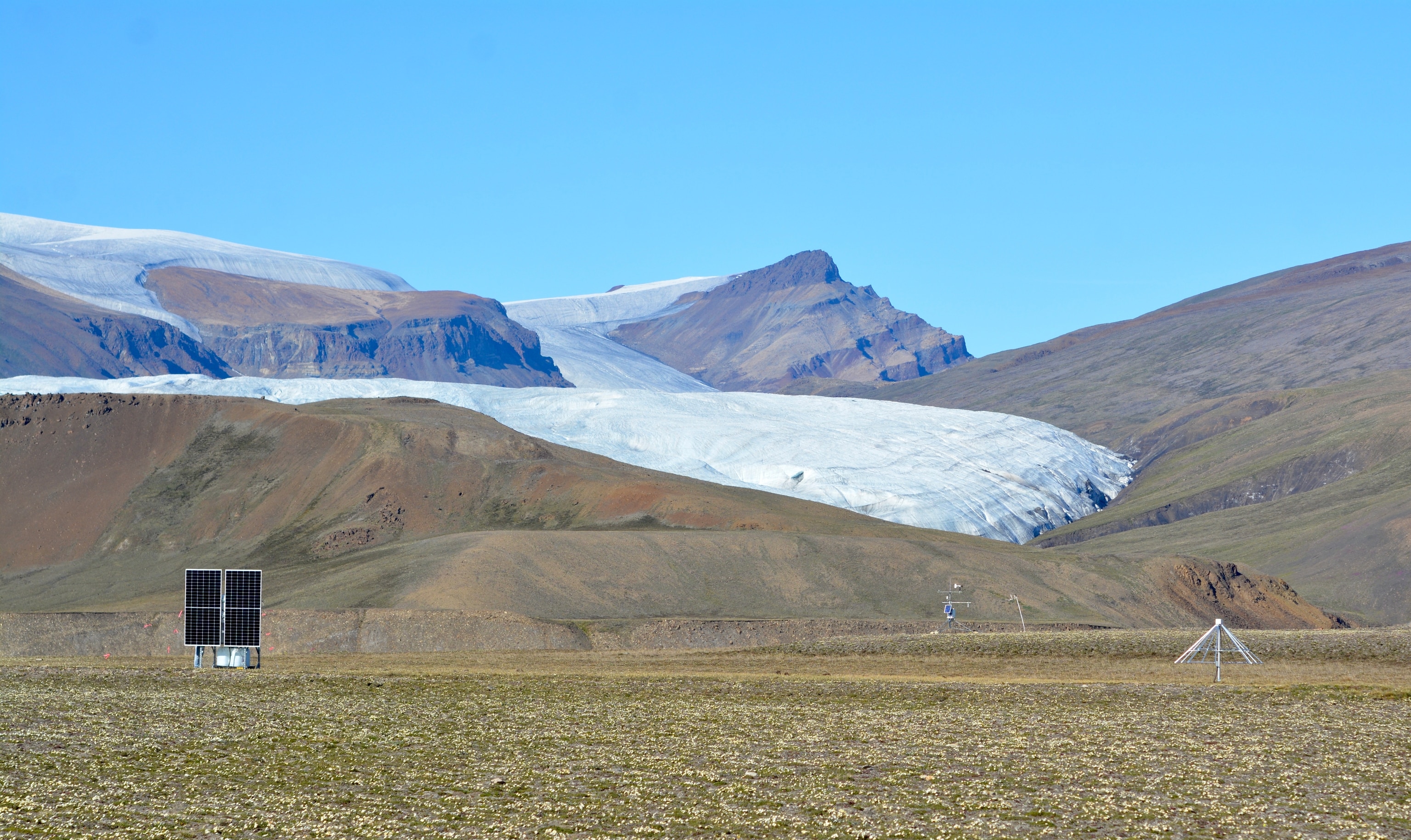
“Impulsiveness and a bit of mischief,” she says, have characterized her journey through the cosmos. “And a lot of coincidences afterward. It was not too long after I started radio in South Africa that we found out about Marion Island.”
Dodging human noise
About halfway between South Africa and Antarctica, 2,000 kilometers (1,243 miles) from anything else, Chiang found a researcher’s paradise. Chiang’s husband and collaborator spotted Marion Island in an in-flight magazine while the two were en route to South Africa.
One of the most remote regions on Earth, Marion Island is an ideal place to get away from radio foreground contamination. In 2018, Chiang and a team of scientists planted Probing Radio Intensity at high-Z from Marion (PRIZM). Designed by the team at McGill and UKZN, PRIZM is an instrument looking for a 21-centimeter signal emitted by hydrogen, stretched to the frequency of the universe’s first billion years.
PRIZM collected data through 2023 as weather permitted on Marion. At times the conditions were too dangerous to hike to the site of the telescope, which was intentionally set up several kilometers away from the island’s main research base. Throughout the year, the instruments, and their caretakers, were battered by wind, salt spray and invasive species. “If it’s not the salt water, it’s the mice.”
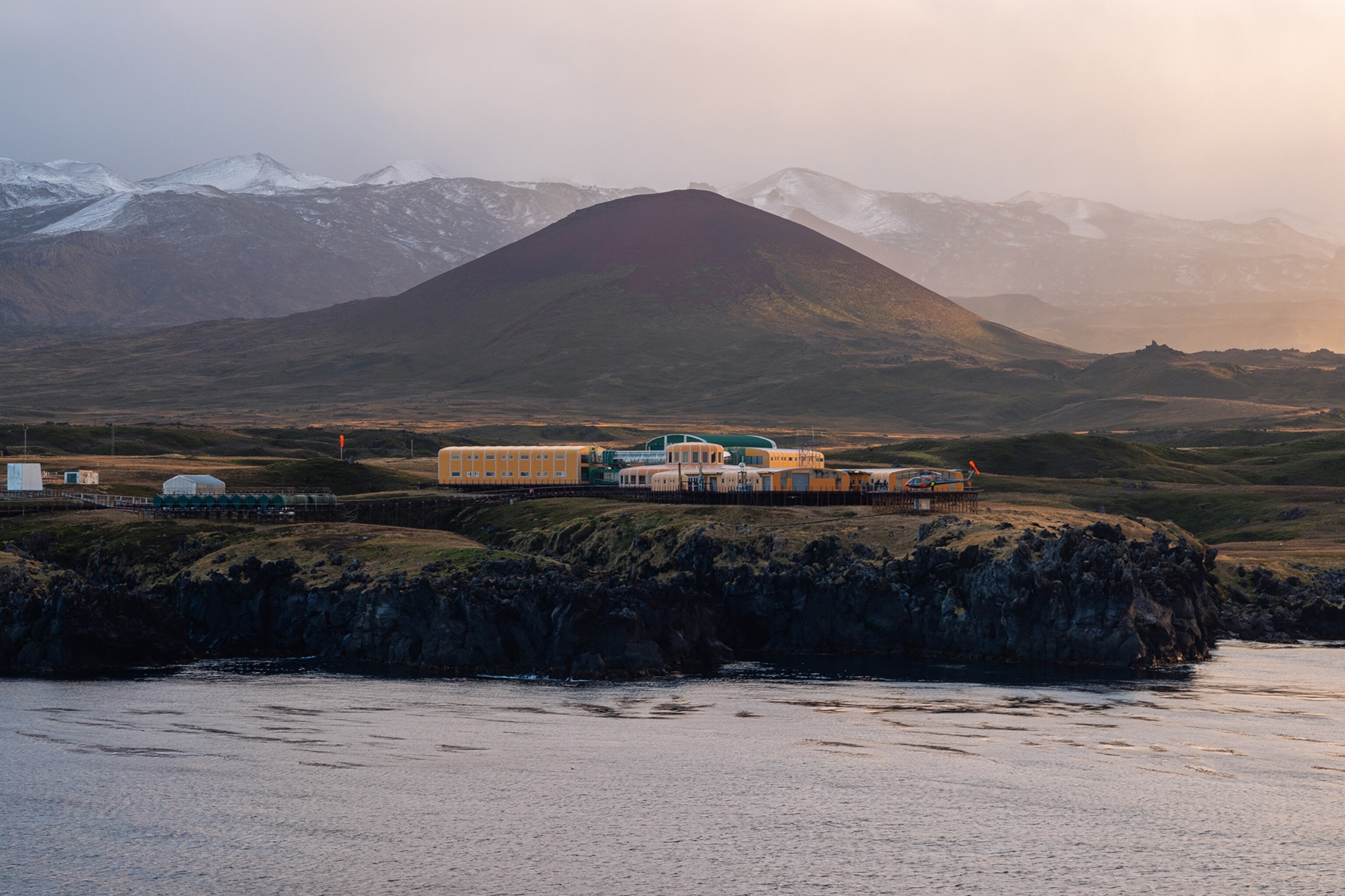
The data analysis is still in process, but so far, Chiang has high expectations for its pristineness. As a follow-up, Chiang works as a co-investigator on Mapper of the Intergalactic Medium Spin Temperature (MIST). The new-generation experiment, developed in 2020, is being conducted from the Arctic. “The MIST analysis is going to be super fun. We normally have a wall of radio stations just killing our cosmic dawn signal. This is wide open for us and it’s clean.”
On another side of the planet relative to Marion, the team identified a different radio-quiet base in the Canadian High Arctic to plant MIST and another telescope array that will look even further back in time. MIST's companion experiment “is part of a longer, crazier frame I have,” Chiang explains. “The cosmic dark ages.” This epoch has never been observed and is uncharted territory in the universe's history.
Array of Long Baseline Antennas for Taking Radio Observations from the Sub-Antarctic/Seventy-ninth parallel, or ALBATROS for short, is a network of antennas the team is building up now. The array is sprinkled across Axel Heiberg Island, and the idea is the antennas will work together to take pictures of the radio sky. “That means the timing has to be consistent. We have to have a common heartbeat between antennas that are separated by many kilometers. That’s a huge engineering challenge.”
So far there are four in place, and the team is aiming for eight. Each year the goal is to install between three and four, but the reality of the challenging landscape keeps bringing the number down. “Last year it was because of a helicopter crash. Everyone’s okay, thankfully. Two years before it was because of weather delays,” Chiang says.
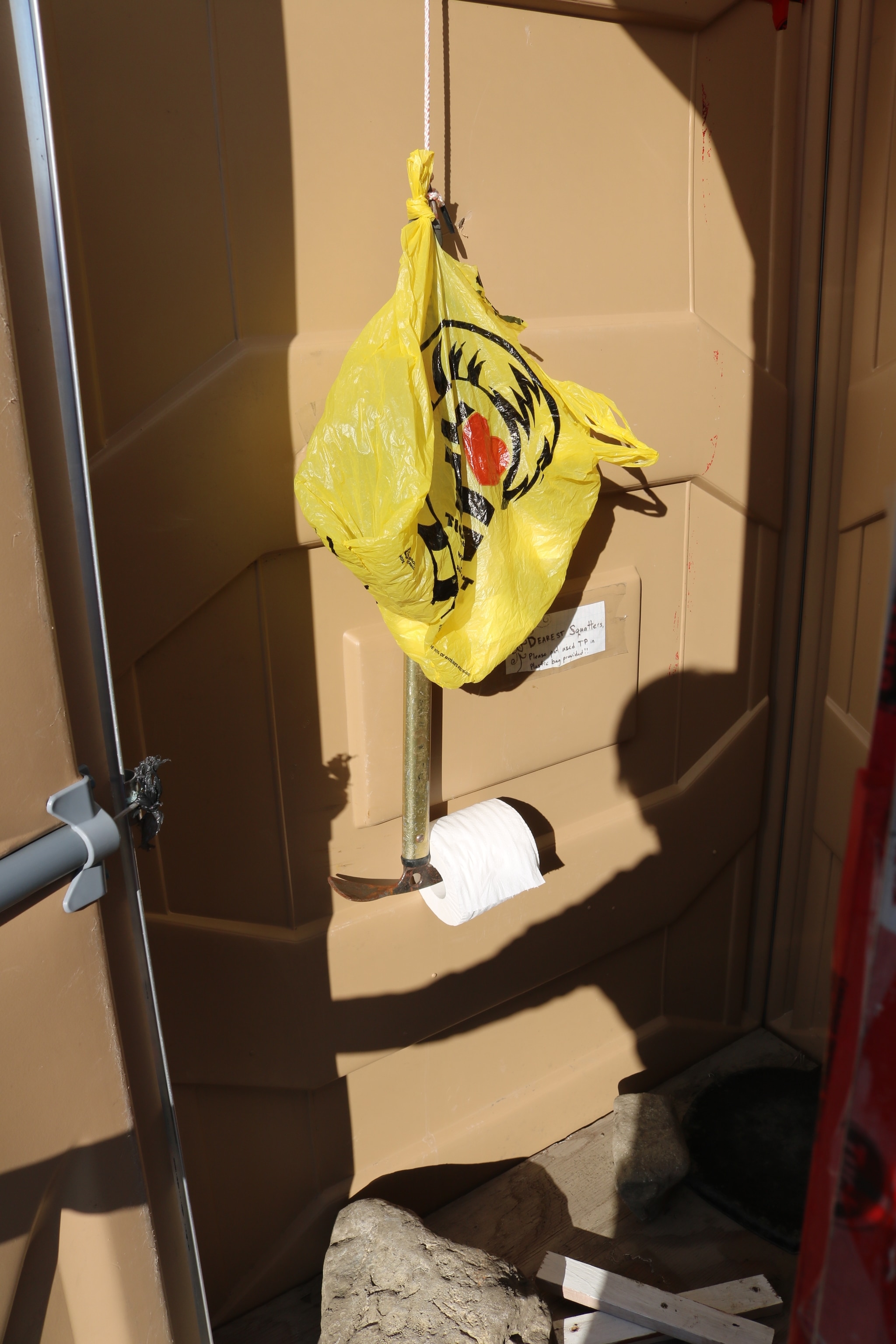
“Our ‘station’ — I say station in quotes because it’s three buildings — it’s a slapdash operation. We try to make the best of it by going one step at a time,” Chiang says. “The upshot is there is no winter population,” and thus, no noise. In general, there’s not much.
“The first question I usually get asked about working in the Arctic is ‘Do you get to shower? What are the toilets like?’ We don’t have to dig holes. There is a spot, up the hill, around the corner, a really nice view of a glacier while you’re contemplating life and other things,” she reassures.
Because of the weather, the instruments are set up and left to run autonomously for a year. It’s also important that ALBATROS, which is trying to pick up the lowest frequencies, runs through the Arctic winter — when solar activity is at a minimum and interferes least with the Earth’s ionosphere. This provides the highest chance for clean data. “The ionosphere basically scrambles and blurs radio signals as they travel through, and the lowest frequencies are blocked entirely,” Chiang explains.
Some instruments, expectedly, have died part way through the winter. Some things have survived. “For me, that’s a huge win. It’s beyond what I could have ever dreamed before,” says Chiang. The team is still installing the array, so pictures haven’t been made yet, but overcoming technical challenges while building instruments from scratch is a successful start.
“Our credit really goes to our amazing students. They have spent countless hours, years, testing software and hardware to make sure it survives for a year, that if there is a glitch in a computer it will reboot on its own and take care of itself. It’s a huge amount of work.”
The first picture ALBATROS is aiming for will be of the closest view from Earth — the Milky Way galaxy — which is just clutter in the foreground when trying to peer billions of years into the past. “The Milky Way is much brighter than anything from the dark ages. We want to see if it’s even possible to get a nice picture of the Milky Way to start,” Chiang explains. Then effectively, subtract the Milky Way from the bigger picture.
“The state of the art we have in terms of what the Milky Way looks like at the lowest frequencies dates from the ’60s. That’s the best we have.”
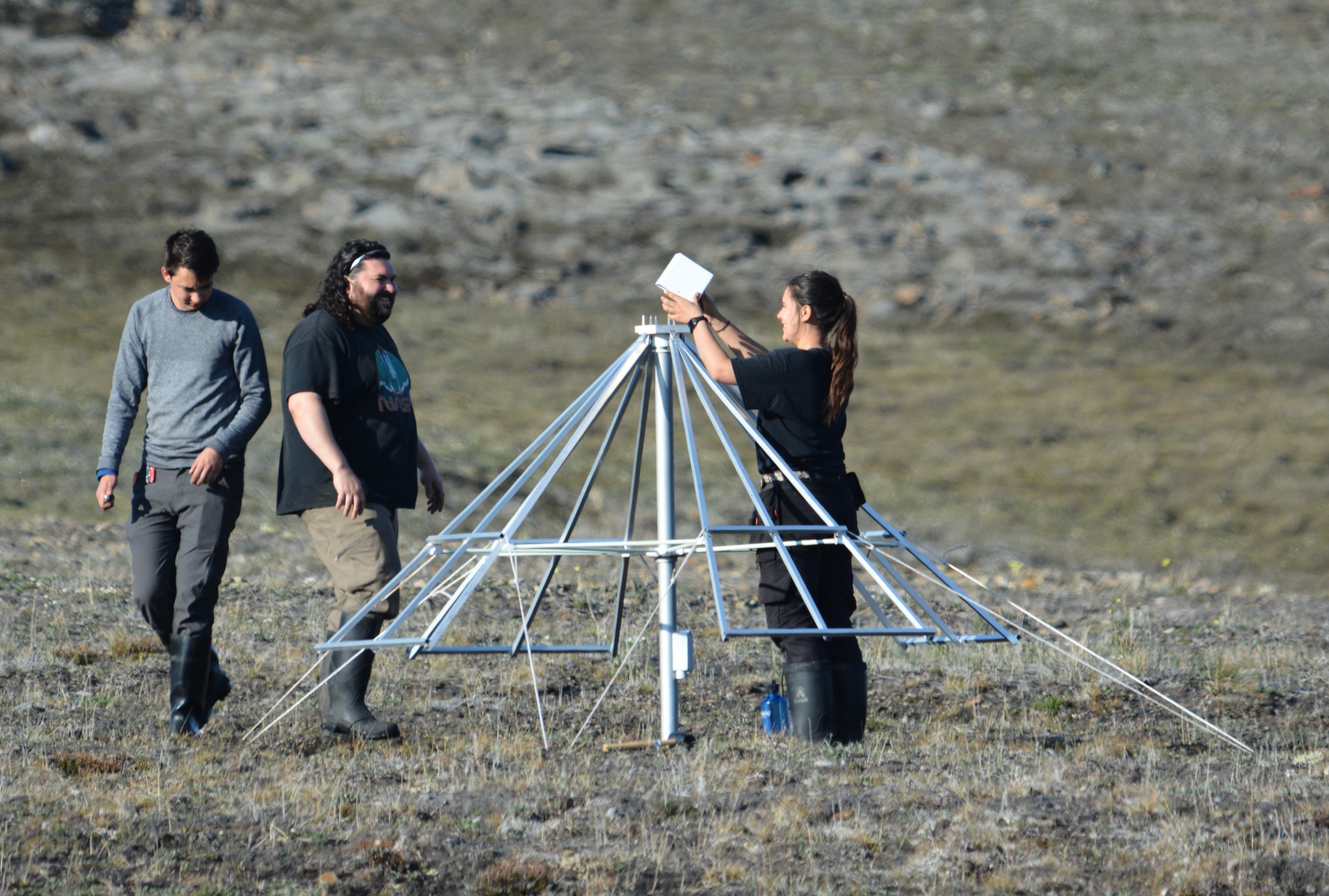
What sets Chiang’s instruments apart from larger telescopes, like the infrared vision James Webb Space Telescope, also trying to peer into the formation of the first stars, is that they do broad strokes. Even as small-scale experiments, MIST and ALBATROS gather big-picture data that complement the detailed view from the world’s largest telescopes.
Over the next few years, Chiang and her team will continue installation and observation in hopes of getting a good look at the universe in its infancy. The sun’s activity cycle will also play a part. When the solar minimum arrives in a few years, that’s when the best pictures will be taken. In the meantime, Chiang will work on imaging the Milky Way, and refine her instrumentation.
“That’s a fun aspect about building the instruments ourselves, we get to customize.”
Chiang estimates the science may be a decade off if not more when it comes to detecting the cosmic dark ages, “but you start one step at a time,” and leave room for surprises.
She references a quote by mathematical physicist Freeman Dyson: “What we’re really hoping for is new and unexpected discoveries because nature’s imagination is richer than ours.”
ABOUT THE WRITER
For the National Geographic Society: Natalie Hutchison is a Digital Content Producer for the Society. She believes authentic storytelling wields power to connect people over the shared human experience. In her free time she turns to her paintbrush to create visual snapshots she hopes will inspire hope and empathy.
